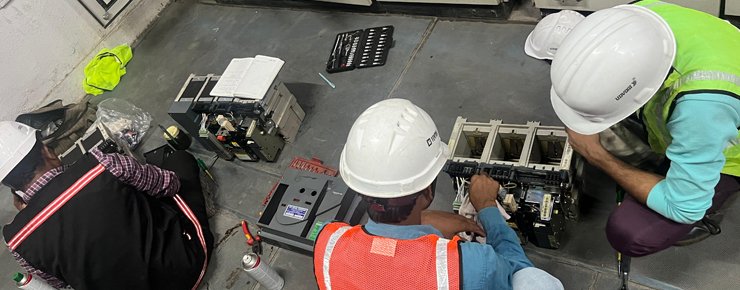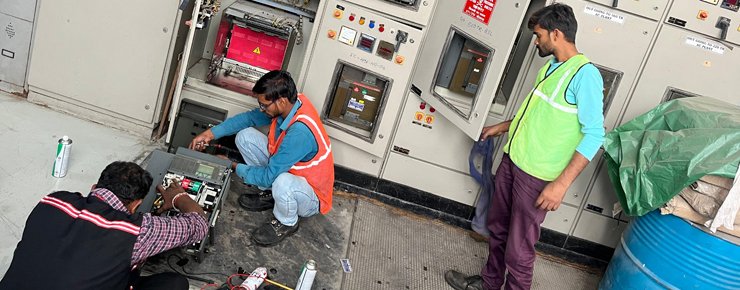A circuit breaker is an electrical safety device designed to protect an electrical circuit from damage caused by current in excess of that which the equipment can safely carry (overcurrent). Its basic function is to interrupt current flow to protect equipment and to prevent fire. Unlike a fuse, which operates once and then must be replaced, a circuit breaker can be reset (either manually or automatically) to resume normal operation.


An Air Circuit Breaker (ACB) is a crucial component in electrical distribution systems, designed to protect electrical circuits from overloads and short circuits. Here are key details about ACBs:
Key Features:
- Adjustable Trip Settings: Allow for customization based on the specific requirements of the application.
- Remote Operation: Many ACBs can be operated remotely via electronic controls.
- Indicators and Alarms: Some ACBs have indicators and alarm systems to signal when a trip occurs or maintenance is needed.
Applications:
- Industrial: Protects large machinery and high power circuits.
- Commercial: Used in buildings to protect electrical distribution systems.
- Utilities: Essential in power generation and distribution networks.



